Game Based Learning: Is It Appropriate For My Association?
Association eLearning
NOVEMBER 10, 2014
According to BigFish games, 58% of Americans play video games , with 68% of that population older than 18. Why are games so popular, and how can we leverage gamification for association learning? Games create a sense of “flow” – a concept coined by theorist Csikszentmihalyi (pronounced “Chick sent me high”).


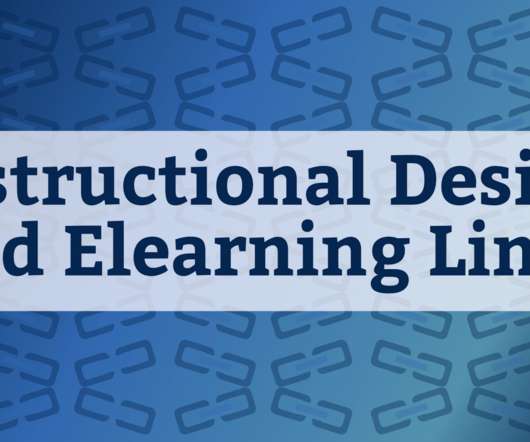
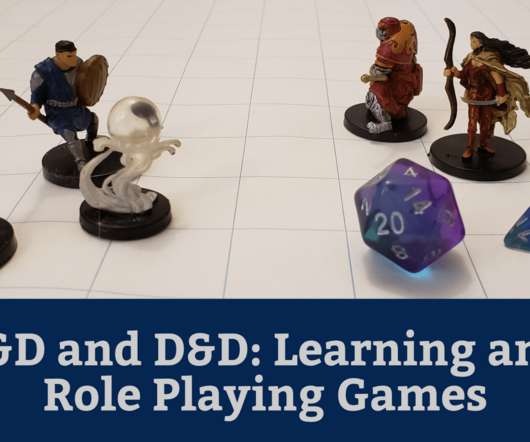








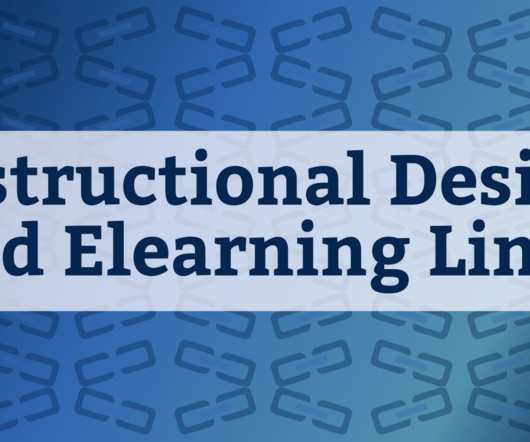










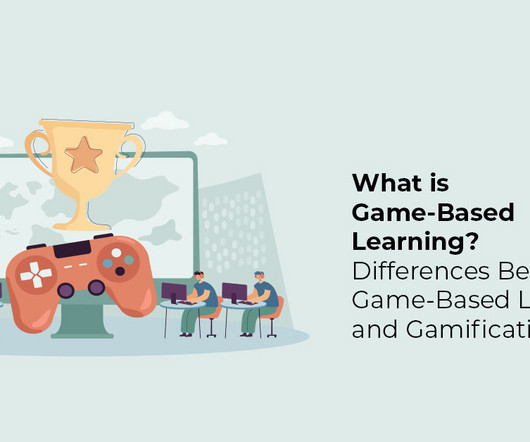
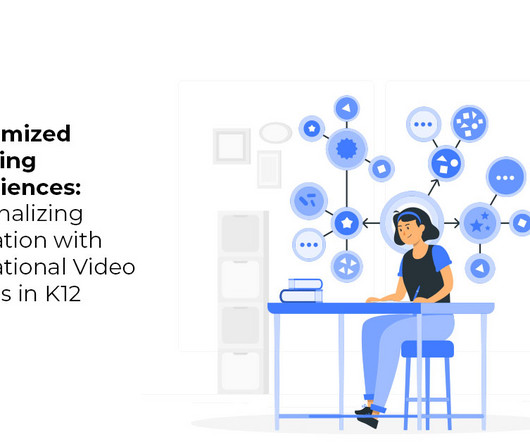


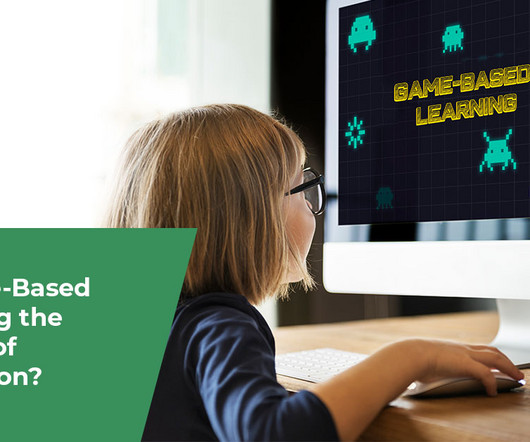




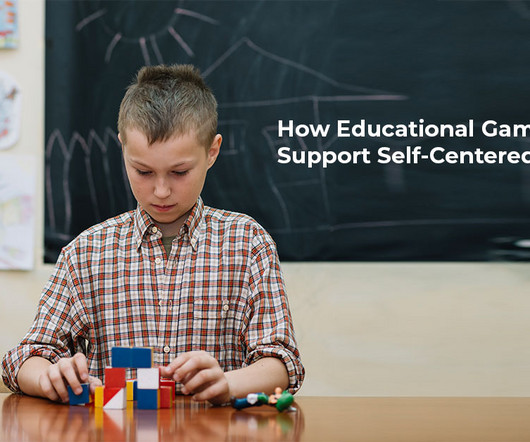















Let's personalize your content